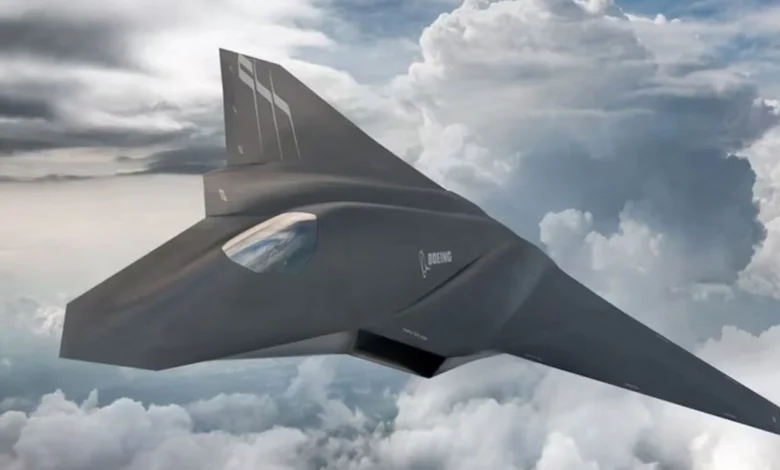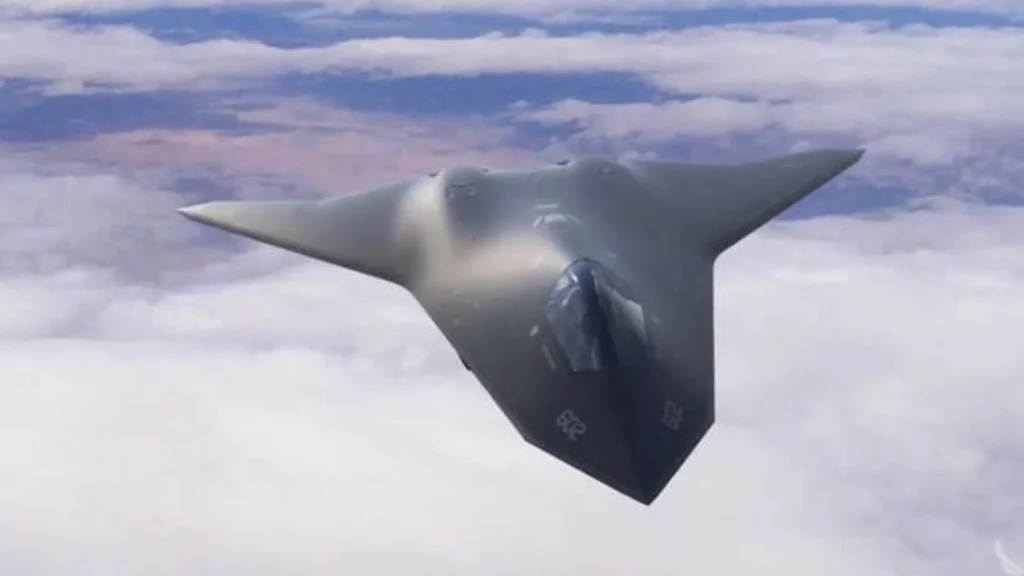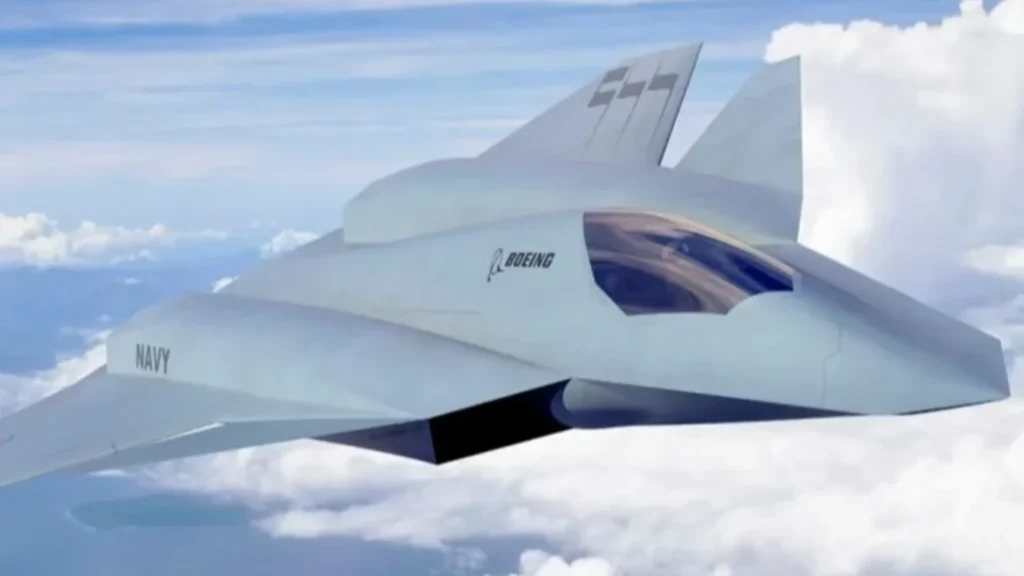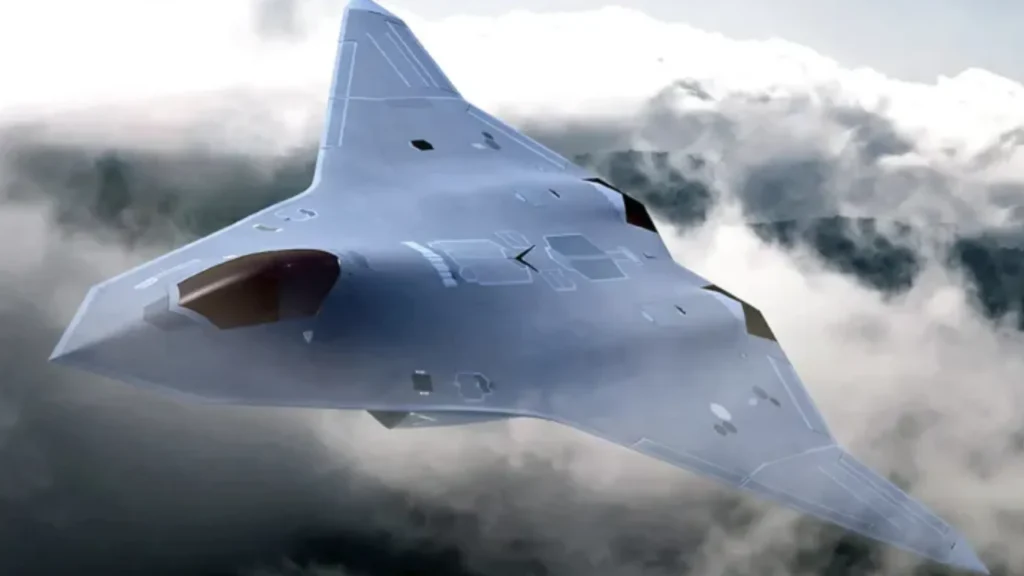The F-47 Export Version: A Mighty Plane’s Worldwide Adventure

Hey there! Imagine a super cool aeroplane that fought in a big war and then travelled the world to help other countries. That’s the F-47 export version! It started as the P-47 Thunderbolt, a tough fighter jet from World War II. After the war, the United States shared it with friends globally, calling it the F-47.
This plane was strong, fast, and loved by pilots everywhere. In this article, we’ll explore its story, features, and why it’s still awesome today. Ready? Let’s soar into the F-47 export version’s journey!
Table of Contents
How the F-47 Export Version Began
The F-47 export version has an exciting history. First, it was the P-47 Thunderbolt, built by a company called Republic Aviation. During World War II, it helped the U.S. and its allies win big battles. When the war ended in 1945, the U.S. had lots of these planes left.
So, they decided to sell them to other countries. That’s when the P-47 got a new name: the F-47 export version!
Why did they sell it? Well, it helped make friends with other nations. Plus, the U.S. could use the money to build newer planes. Countries like Brazil and Mexico were thrilled to get the F-47 export version. It was like passing down a superhero toy to a friend!

What Made the F-47 Export Version So Special?
The F-47 export version was a powerhouse. It had a huge engine called the Pratt & Whitney R-2800 Double Wasp. This engine made it zoom at 433 miles per hour—faster than most cars! It could fly 1,000 miles without stopping, which is like going from New York to Florida. That’s a long trip for a plane back then!
It also carried big guns—eight of them! These machine guns could shoot tons of bullets fast. The F-47 could even drop bombs or launch rockets. Its tough body was like armour, keeping pilots safe. The F-47 export version was a flying champ that could do almost anything!
The Engine That Roared
Let’s talk about that engine again. The Pratt & Whitney R-2800 was super strong, with 2,000 horsepower. That’s like having 2,000 horses pulling your bike! It helped the F-47 climb high—up to 20,000 feet—in minutes.
Pilots loved it because it rarely broke down. For countries getting the F-47 export version, this engine was a big deal. It meant they could trust their new plane to fly well every time.
Guns, Bombs, and More
The F-47 wasn’t just fast—it was fierce. Its eight machine guns sat in the wings, ready to blast enemies. It could carry 2,500 pounds of bombs, which is heavier than a small car! Some F-47s even shot rockets. It made the F-47 export version perfect for attacking planes in the sky or targets on the ground. Pilots felt like superheroes with all that power!
Which Countries Got the F-47 Export Version?
After World War II, the F-47 export version flew to many places. The U.S. sold it to countries that needed strong planes. In Latin America, nations like Brazil, Mexico, and Chile got F-47s. Brazil had over 100 of them! In Europe, France and Italy used them too. Even the Philippines in Asia flew the F-47 export version.
Each country loved it for different reasons. Some used it to guard their land. Others trained pilots with it. The F-47 was like a gift that kept on giving, helping air forces grow stronger all over the world.
F-47 in Latin America
Latin America was a big fan of the F-47 export version. Brazil used it to watch over the giant Amazon jungle. Mexico flew it along its borders to keep things safe. Chile, Colombia, and Ecuador got some, too. These countries liked how tough the F-47 was. It could handle bumpy runways and hot weather. The F-47 export version became a star in their skies!
Europe and Asia Join In
In Europe, France got F-47s to rebuild its air force after the war. Italy used a few as well. Over in Asia, the Philippines flew the F-47 to fight rebels hiding in the jungles. The plane’s long range and big weapons made it perfect for these jobs. The F-47 export version showed everyone how helpful it could be, no matter where it went.

What Did the F-47 Export Version Do?
The F-47 export version was in many air forces. It wasn’t just a fighter—it was a helper too! In Brazil, it flew over the Amazon to spot trouble. In Mexico, it taught new pilots how to fly like pros. In the Philippines, it dropped bombs on enemy hideouts. Every country found a cool way to use it.
Sometimes, the F-47 was a teacher for pilots learning to fly newer jets. Other times, it was a warrior in small battles. The F-47 export version was like a Swiss Army knife—it could do lots of things super well!
Training New Pilots
One big job for the F-47 was training. Its controls were easy to learn so that new pilots could practice safely. Countries like Mexico used it to get ready for modern planes. The F-47 export version was steady and strong, making it a great first plane for beginners. Many pilots started their careers with this trusty jet.
Fighting and Helping
In action, the F-47 was a beast. It could shoot down enemy planes or hit ground targets with bombs. In the Philippines, it helped stop bad guys by flying long missions. The F-47 export version also patrolled borders and checked for danger. It was a protector and a fighter all in one!
The F-47 Export Version’s Big Legacy
The F-47 export version left a huge mark on the world. It was one of the last big propeller planes before speedy jets took over. Pilots adored its power and toughness. After its work was done, some F-47s went to museums. Places like the National Museum of the U.S. Air Force show them off today.
At airshows, you might see a restored F-47 fly again. It reminds us how countries worked together after World War II. The F-47 export version’s story is about sharing and strength—and it’s still pretty cool!
Saving the F-47 for Today
People love keeping the F-47 alive. Museums fix them up so we can see how they looked back then. Some F-47s even fly at airshows, roaring through the sky. The F-47 export version lives on because people care about its history.
Inspiring New Planes
The F-47 helped make today’s planes better. Its strong engine and tough body gave ideas to plane makers. Even now, some tricks from the F-47 are used in modern jets. It wasn’t just a plane—it was a teacher for the future of flying!
Fun Facts
Want some neat tidbits? The F-47 could carry more bombs than some bigger planes! It was so tough, it could land with holes from enemy bullets. Because it resembled a milk jug, pilots dubbed it the “Jug.” This export version flew in over 15 countries. That’s a lot of places for one plane to visit!

Why We Still Love this Version
Even today, it is special. It shows how one plane can connect the world. From fighting in wars to training pilots, it did it all. Kids like you can learn about it in books or see it at museums. It’s a piece of history that keeps teaching us about teamwork and courage.
Conclusion
This is an incredible plane with a big heart. It started as the P-47 Thunderbolt, won battles, and then flew to new homes worldwide. With its mighty engine and awesome guns, it helped countries like Brazil and Mexico stay strong.
Now, it rests in museums, but its story soars on. Want to learn more? Visit an aviation museum near you and meet the F-47 export version up close—it’s a real hero of the skies!
FAQs About the F-47 Export Version
1. What’s the F-47 export version?
It’s the P-47 Thunderbolt sold to other countries after World War II. The U.S. renamed it F-47 for export.
2. Which countries flew the F-47 export version?
Countries like Brazil, Mexico, Chile, France, Italy, and the Philippines used it. It went all over!
3. What could the F-47 export version do?
It could fight in the air, drop bombs, and train pilots. It was super tough and fast!
4. Can I now view an export version of the F-47?
Yes! Check out museums like the National Museum of the U.S. Air Force or airshows near you.
5. Why was the F-47 export version important?
It helped countries get stronger after the war and showed how nations can share to keep peace.
References:
- National Museum of the U.S. Air Force: Displays and info on the F-47.
- Republic Aviation records: Historical details on F-47 production.
- Brazilian Air Force archives: Facts on F-47 use in Latin America.



